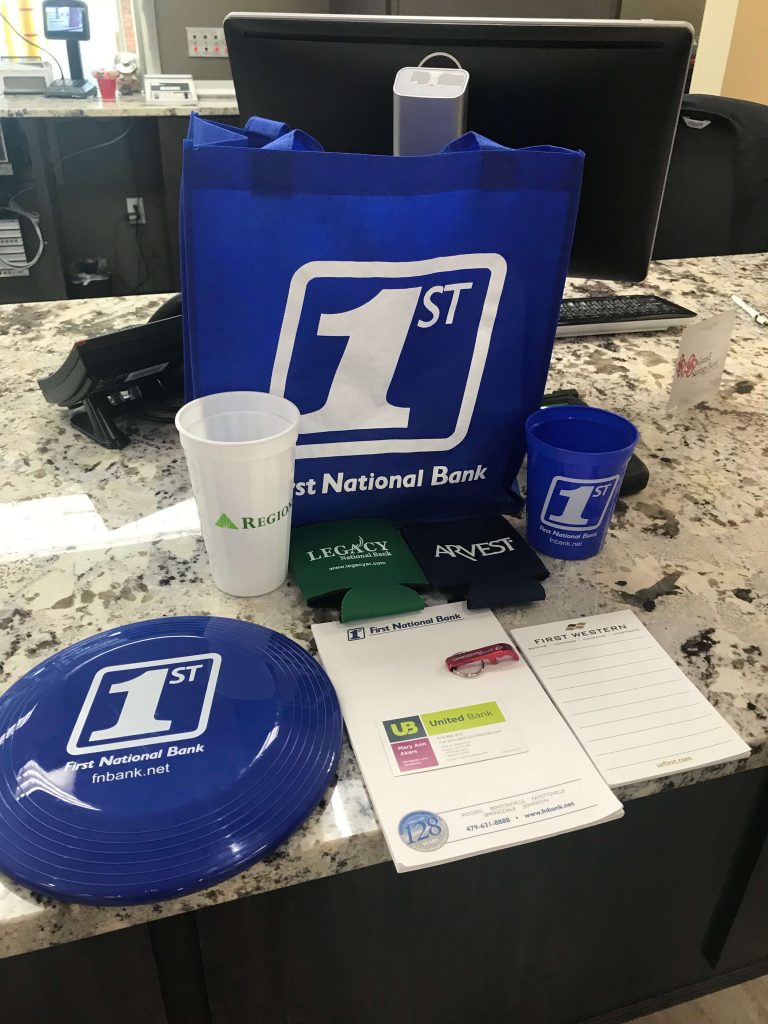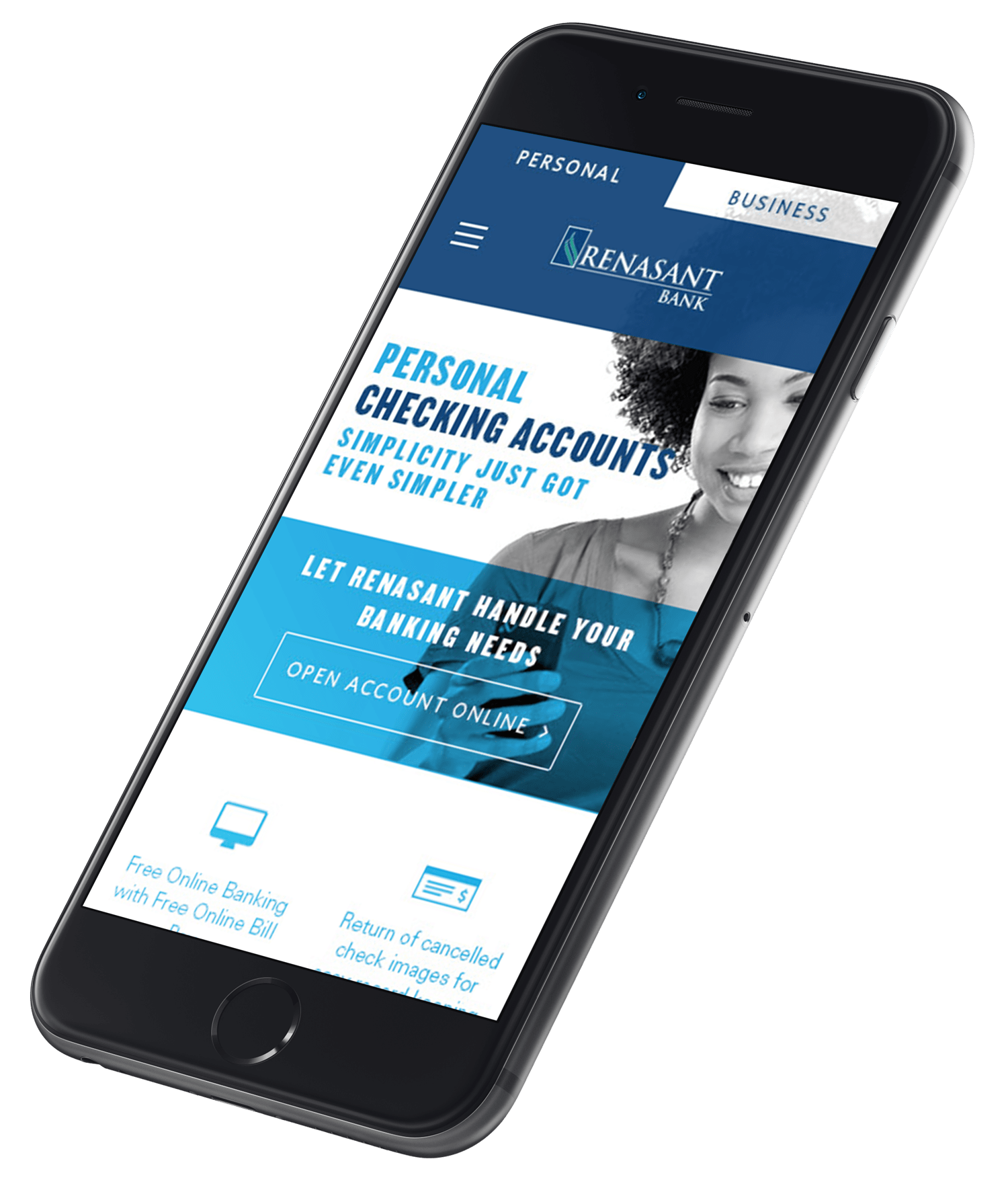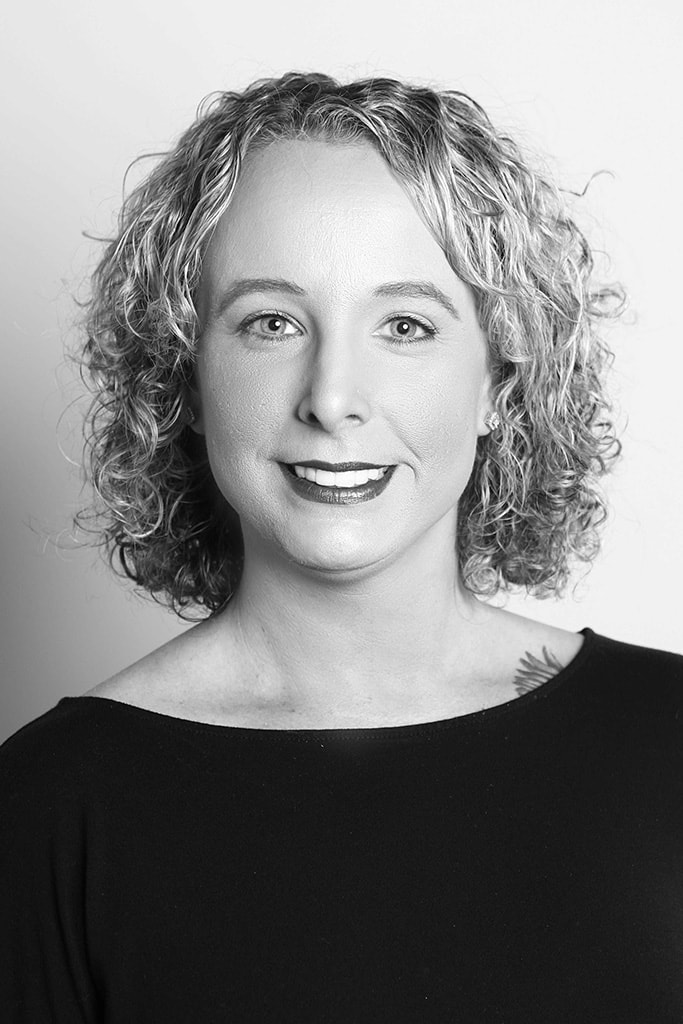Your community bank is essential. You likely serve a group of clients that’s overlooked by larger banks. You’re part of a complex and stressful ecosystem. The balance is hard to strike—you must adopt the right resources to serve your clients without losing the human touch that separates you from other banks.
The days when “community bank” was synonymous with “small bank” are long gone. Consolidation and other outside threats loom. You must learn to create healthy growth without losing your bank’s identity.
On the merger and acquisition side, it’s an insanely complicated and trying process (especially your first time around). Simply put, it’s eat or be eaten.
So let’s concentrate on organic growth—marketing your bank to more clients within your footprint while slowly expanding those geographic boundaries. How do you strike a healthy balance of loan growth while controlling funding of deposits to maintain the yield that delivers profits to your institution?
The secret to marketing is simple: tell more people better. Good news—this doesn’t require a huge budget. It does require commitment, some experience, and at least a little expertise.
You can expand over time, but every minute you wait to start, you lose ground. Maybe you’ve started, but you’re stuck. You’re not beating the competition, and you don’t know where to go.
We see many, many ways in which banks are wasting money, time, and human capital. If you feel you’re squandering opportunities, you might be guilty of one (or more) of these 10 cardinal sins:
1. You truly don’t see the value of marketing.
The success of most community banks has been based on shoe leather and handshakes. Personal relationships are directly proportional to asset growth. But what happens when that stalls—when the big bank de-novos into your community, cuts loan rates, and boosts deposit interest? When you’ve pressed the flesh for your whole career (and it’s worked really, really well), it’s hard to see the value in increasing an expense line item.
I understand. You may not be adversarial to marketing. You simply don’t understand it.
Too many banks approach marketing by just checking the box. An admin person gets a “promotion” and a “budget,” then is expected to perform. Perhaps you send them to some training. However, the expense line item bugs you and you’d really like to see some ROI.
The fix:
Commit, but start slow. Understand that, in the beginning, a marketing department doesn’t run a P&L—it’s an expense. Allocate a budget you’re willing to spend. Set goals and determine a path toward accomplishing those goals. If you and your staff genuinely have no idea where to begin, hire some help. Yes, it’s self-serving for an agency to make this recommendation; but it’s just true.
2. You don’t know how to do it.
It’s hard to admit, but ignorance is the number-one reason for failures within bank marketing. It’s tough to get traction if you and your staff don’t know what you’re doing. Moreover, you’ll only make it worse because you will damage the belief in marketing as a valid activity.
If you fall into this category, I won’t beat you up.
The fix:
It’s simple (and a bit self-serving): find outside help. It doesn’t have to be Mabus Agency (but we are the best option). The money spent with a qualified agency can help you experience early wins that return revenue to the bank, fund future activities, and increase confidence in your efforts.
3. You convince yourself you don’t have the budget to compete.
Inaction is second to ignorance in creating failure within financial marketing.
Don’t psych yourself out. Being the underdog might be a better position than you think. In his book, “David and Goliath,” Malcolm Gladwell makes the point about the eponymous story, that David likely had an advantage over his larger opponent. Gladwell posits that David’s youth, stealth, and accuracy from practice with a sling made him the perfect enemy of the larger, slower-moving giant. Because David was not seen as a threat, he was able to get into position and fire while Goliath scoffed. (I highly recommend this book.)
David won because of his size. Not despite it.
Our work with banks proves that “bigger” doesn’t always mean “winner.”
The fix:
Concentrate your limited resources on your most significant opportunity. Everyone has less of a budget than they want or need. You must get used to concentration—and exercise the ability to say no to compelling opportunities that might seem like a decent fit. You must reject activities that spread your resources too thin.
4. You don’t want to poke the bear.
First-time marketers often worry about the consequences of their efforts:
“If I start marketing, will others just spend more money?”
“Will it escalate out of control?”
“Maybe the competition will drop/increase their rate.”
If you’re trying to fly under your competition’s radar, you’re probably flying under your potential clients’ radar, too.
This type of mentality is like punting on first down (we’re not even fans of punting on fourth down). You’re just saying, “If we don’t play the game, we can’t lose.”
Hopefully, it’s apparent that this is not a winning strategy.
The fix:
You don’t have to get in your competitors’ faces to advertise. Tell your story. Again, the trick is doing better today than you did yesterday. You don’t have to compare yourself to the competition, but if you have something that sets you apart, you can (and should) brag on that item. Regardless, you can’t live your marketing life in contrast with another financial institution. You must understand your competitive environment, then execute your own plan.
5. You’re too busy copying them.
They put an ad in the newspaper. Why aren’t we in the newspaper?!
They sponsored a community event. Why weren’t we the sponsor?!
They put their bankers in an ad. Why didn’t we?!
If you’re chasing your competition like this, you’ll never catch up. Bankers just like you, all over the country, face undue stress related to tactics like these. I believe this tendency is derivative of that same competitive letdown you feel when “they beat us for that loan.” It feels like a loss.
Marketing like your competition only depletes valuable energy and leads to homogenized advertising environments that are less effective for all financial institutions.
The fix:
Zig when they zag. When your newspaper rep calls and says, “…but every other bank will be in this publication…,” I want you to grit your teeth and say, “NO.” It will be tough in the beginning, but you must understand that it does you no good to be diluted amongst every other bank. You have to convince your bankers that you’re not missing out by being the only bank missing from a Chamber of Commerce welcome bag containing seven other banks’ promotional items. But it’s not about sitting on the sideline. Your competition is zagging. What are you doing to zig? Own a premium ad position in a key publication (that’s not littered with banks). Commit to a strong billboard message. Show up where you can stand out, and own that platform.
This is a real-world example. A Chamber representative brought this welcome bag to a branch opening. What good does this do any of these banks?
6. You’re buying what THEY’RE selling
I had an epiphany while attending a recent bank marketing event.
I walked through the tradeshow floor and surveyed the vendors.
Represented were a couple of sales tools (CRMs), personal financial management systems, and lots of digital signage vendors. All of these represented activities that start after a potential client engages with your institution.
Where was all the stuff that attracts a new client? Nonexistent. Absent. There were no digital media representatives. No traditional media. Only a bit of social media.
The problem is that we assume what we’re being shown is what’s important, and it’s what we should be considering.
If you engaged every vendor at the event, you’d still be missing a valuable component: how to attract new clients.
The fix:
Make sure you utilize techniques designed to attract new clients. Yes, it’s important to nurture clients and deepen relationships. However, you first have to make certain new clients are coming in. The great news for you? If your competition hasn’t adopted this philosophy, you might be the only one marketing in your trade area.
7. You admire them too much.
The relationships amongst bankers drive me a bit nuts sometimes. Bankers will compete like bitter enemies over a single loan or client relationship. However, when it comes time to market against the bank down the street, a banker will say, “I’m just not going to do that to him/her.”
It’s like a strange code of honor—one I don’t understand.
This attitude is shrinking, but it’s still around. I’m all for friendly competition, but competition is the keyword. Make certain you’re competitive.
The fix:
Play golf at the annual event with your competitors, but maintain a healthy marketing plan. You don’t have to denigrate your competitors to market, but you have to gain awareness amongst your potential clients.
8. You’re in the industry trap.
Bank-specific vendors do a great job scaring you to death about compliance and security. Then they turn around and charge you based on those fears.
Security and compliance are vitally important, but sometimes, the focus on financial-specific solutions obscures other solutions outside the “built-for-banks” marketplace.
There is a limited pool of bank vendors, so we all wind up using the same tools. Community banks are dependent on outside companies to develop software and solutions. The biggest pain point is when your institution outgrows its current solution, but you’re stuck in a contract.
The fix:
Vet thoroughly. When adopting a new software or solution, we suggest bringing in at least one potential solution from outside the financial world. Even if an outside-the-industry solution doesn’t fit, it might enlighten you to functionality you wouldn’t have known existed.
9. You think bankers are more important than brand.
Want to close the browser? Hang in here with me, because you need to read this more than anyone else. Bankers are infinitely valuable to the banking process. Absolutely. However, when stepping into the world of advertising, putting bankers in an ad is less important than building a brand.
I’ve seen banks spend thousands of dollars building the “brand” of an individual banker. Then that banker (along with his/her portfolio) was lifted out. The new bank didn’t have to pay to build that banker’s following—just a salary it was willing to pay anyway.
Also, bankers seem to think that consumers like to see bankers in ads. A consumer might value a personal relationship with his/her banker. However, a client appreciates a strong institution more than a relationship with a single banker. If you don’t believe that, you probably haven’t worked in one of those strong institutions.
The fix:
When you pay to build your brand, that investment persists beyond bankers who come and go. You build a foundation that communicates strength to a brand-centric culture. You can attract more bankers in the future. In short, you win.
10. That’s just not what community banks do!
Hahahahahahaha.
The fix:
Either shut the doors or sell. Otherwise, we’ll meet when one of your competitors hires us; and you don’t want that.




